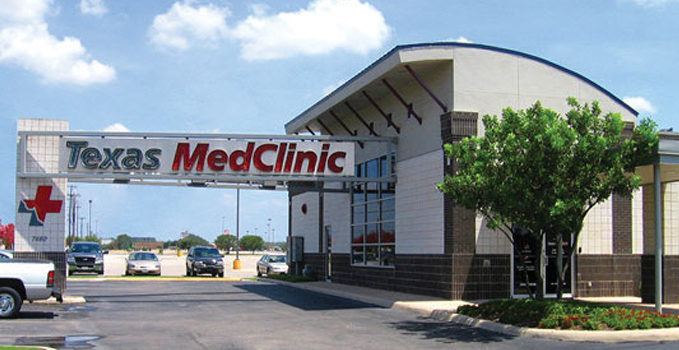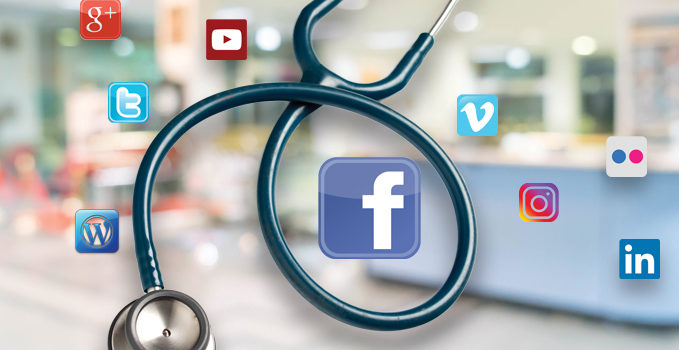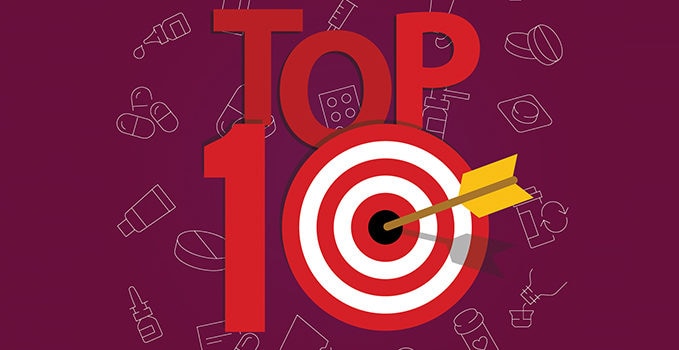Urgent message: As a retail delivery channel for healthcare, success in urgent care depends on successfully executing the “retail” elements of the urgent care delivery model—the first of which is “location.” Alan A. Ayers, MBA, MAcc is Chief Executive Officer of Velocity Urgent Care and is Practice Management Editor of The Journal of Urgent Care Medicine. Urgent care differs from other types of medicine in that it adheres to a retail delivery model; successful urgent …
Read More









